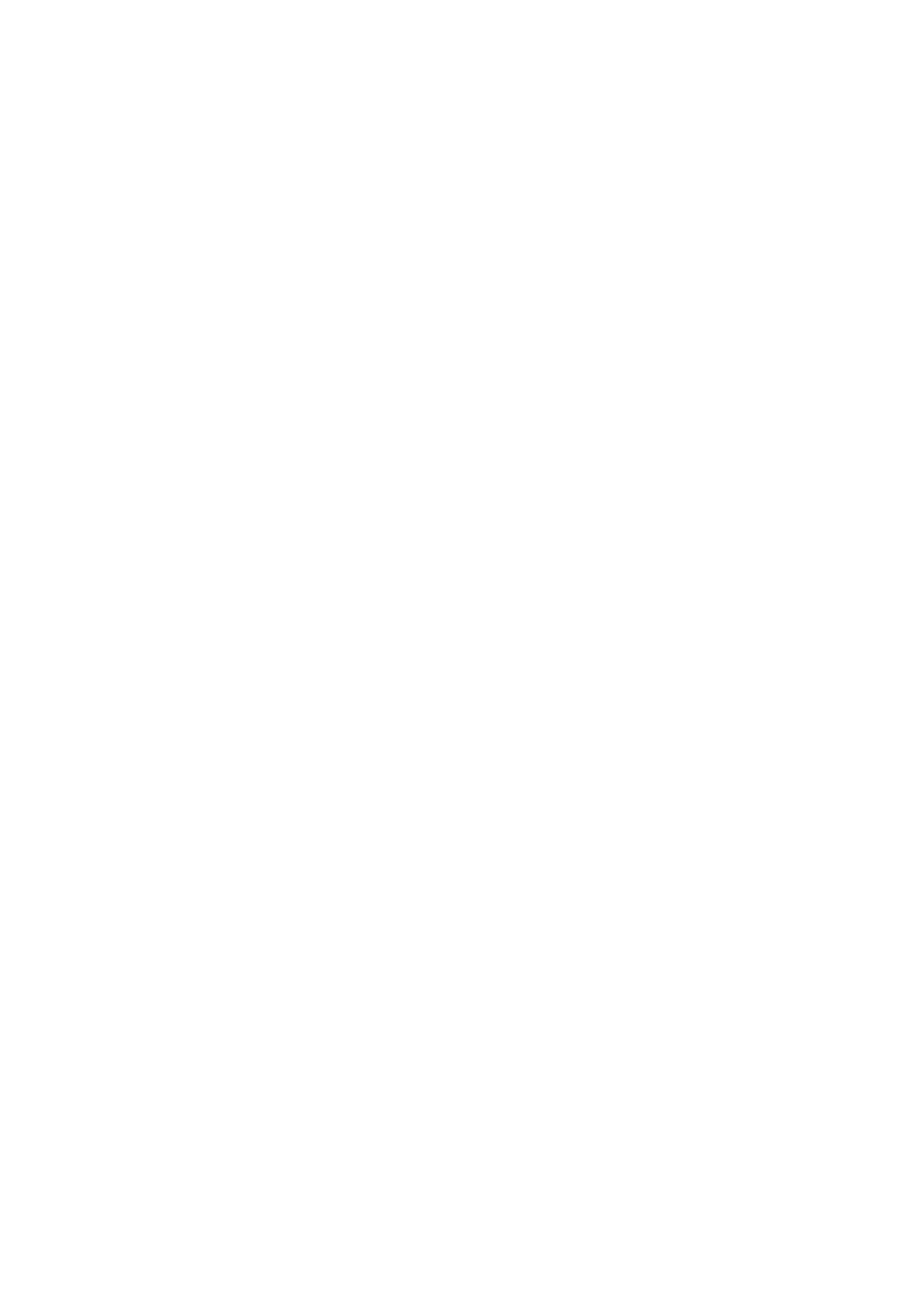

159
respectively (25.6% in the southwest) and 79.7% of the poorest households (15.7% for the
richest households) chose school for their children based on proximity with available space (see
Appendix Table B1). At the junior secondary school level, quality and proximity were the highest
percentages of reasons for choosing a school across various socioeconomic categories. The
poorest households (58.7%) that lack means of transport and the two poorest zones in Nigeria
were largely influenced by proximity. Rural areas (46.7%) also considered proximity more than
the urban areas (22.9%) in the choice of schools. These suggest that poverty tends to limit the
choice of the poorer households and localities in choosing schools for their children. The
northeast, which has been heavily affected by insurgency has the highest level of security
consideration in the choice of schools with (1.5%) and the richest households (1.1) had highest
level of security consciousness in the choice school than any other category (see Appendix Table
B2) (NPC & RTI, 2016).
The non-state education providers also vary in terms forms, providers and focus. They include
for-commercially driven schools, faith-based schools, charity-run schools and community
schools. The most prominent among them is commercially driven schools, which are of two
categories, relatively elite and low-cost schools. Low-cost schools, which is often small and
serving a bespoke community, provide poor households alternative to public schools (Härmä,
2011a). As Lagos school census highlights, while the majority of private schools are
established and operated by individuals, there exist about 5% that be l ong t o faith-based
organisations including about 3% that offer an Islamiyya integrated education (Härmä,
2011a,b).
Religious groups are important providers of education in Nigeria. While missionaries led the
introduction and expansion of formal education in Nigeria, limited information exists on the
prevalence of primary and secondary schools provided by churches. Although a large number of
churches still operates schools currently despite the earlier takeover of their schools by the
government in the 1970s (and some states are handing over some of these schools back to
churches) there is a scarcity of organized and comprehensive data around them. There is
relatively more information in the literature on formal and informal Islamic schools, which are
discussed in section 2.8 and 2.9. In Kano State, the number of Islamic schools has been reported
to be eight times higher than the number of formal secular schools but these are rarely fully
captured in EMIS because many of them do not offer circular curriculum (Antoninis, 2012;
Humphreys and Crawfurd, 2014).
Issues around equity and cost are major concerns about private schools. Analysis of the 2010
NEDS by Humphreys and Crawfurd (2014) shows that costs per pupil in non-state schools are
far higher than whatever additional cost households bear to attend public schools. However,
there is a tendency for pupils in private secondary schools to complete a six-year curriculum in
five years (Härmä 2011a; Humphreys and Crawfurd, 2014). The study by Härmä (2011b) in
Lagos shows that an average total cost of attending a government approved and unapproved
private schools in Lagos in 2011 were about 48% and 20% respectively of the total minimum
wage while. Poorest households found it difficult to bear such costs. The costs tend to deter
poorest households from enrolling their children in even the low private schools. Another aspect
of equity relates to teachers’ salaries. Härmä (2013) notes that some private schools paid their
teacher three times as much lower (lower than $40 monthly) than state schools ($130 monthly).
Yet, the public school teachers tend to be more qualified and have better job security than
private schools (Härmä 2013). Because private school hire and fire teachers at ease, in addition
to the direct monitoring of the schools by the school owners, private schools teachers tend to
















